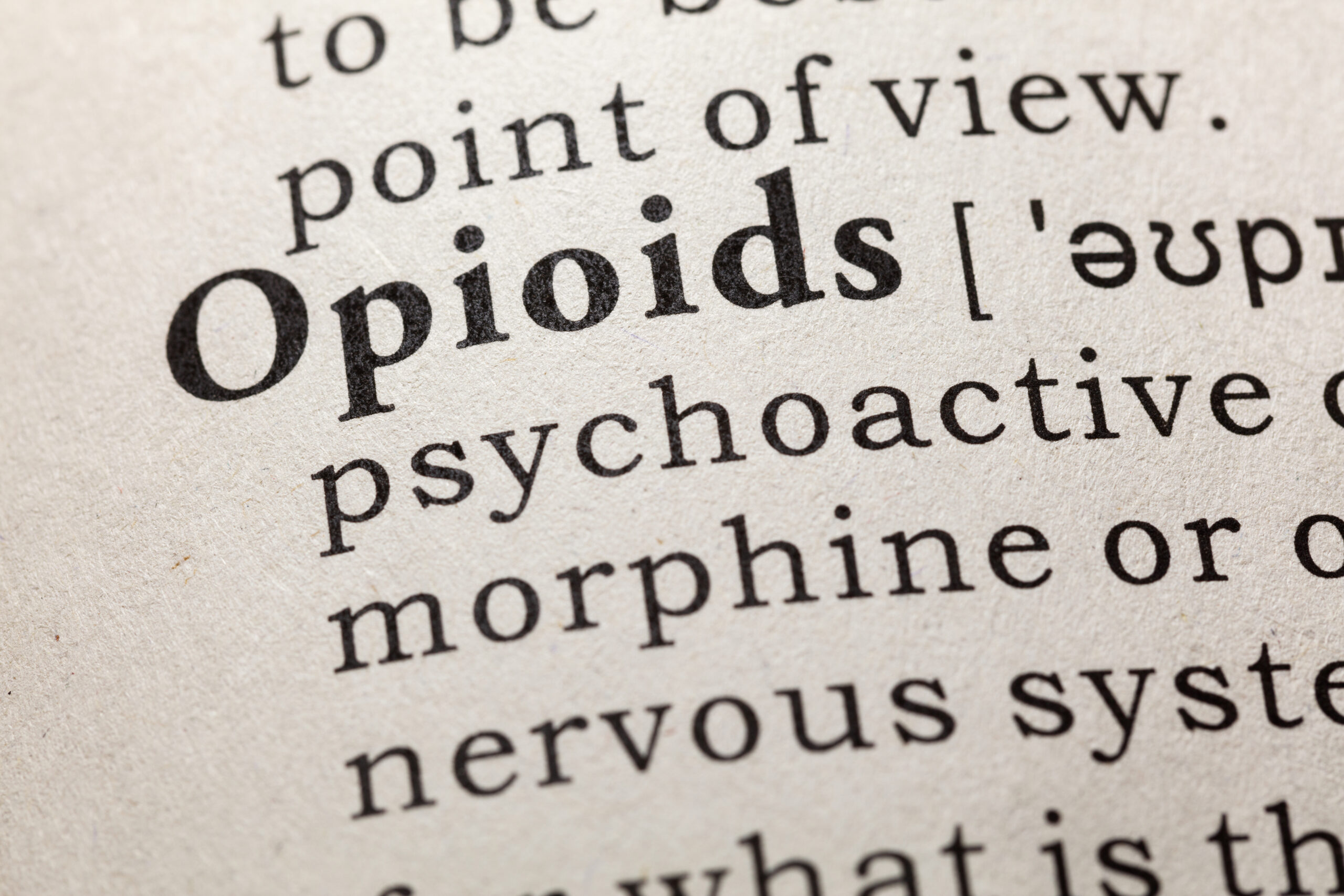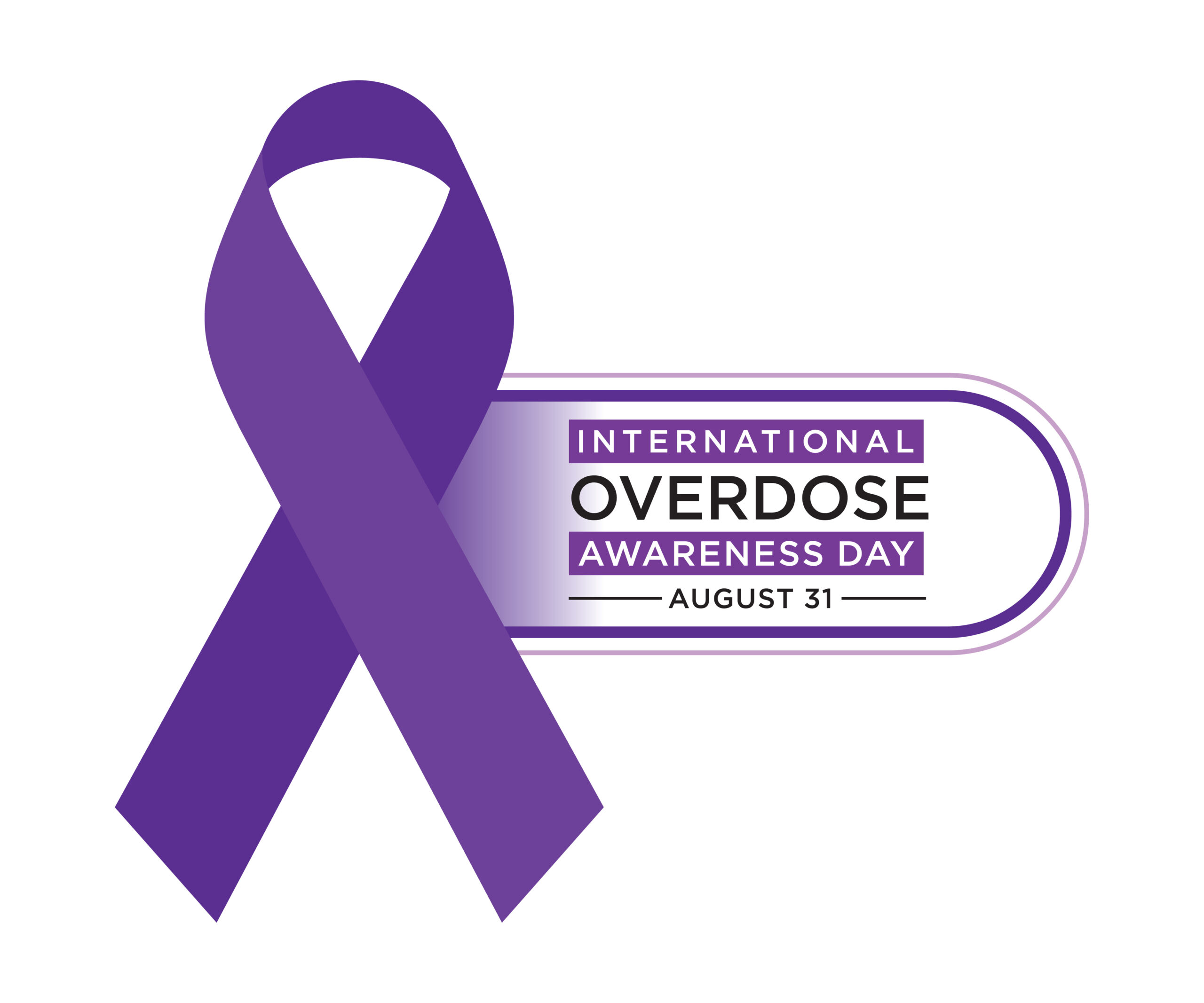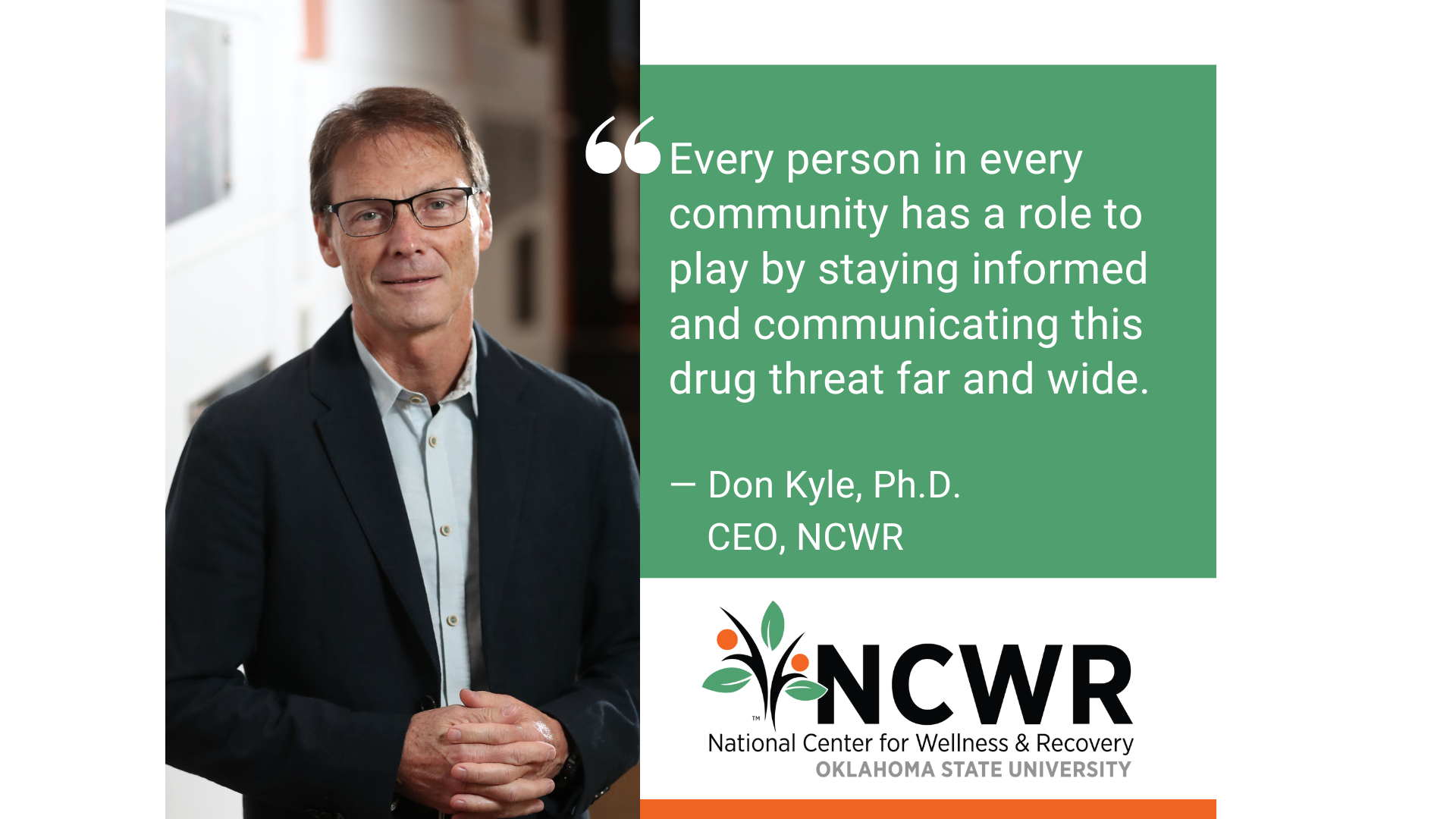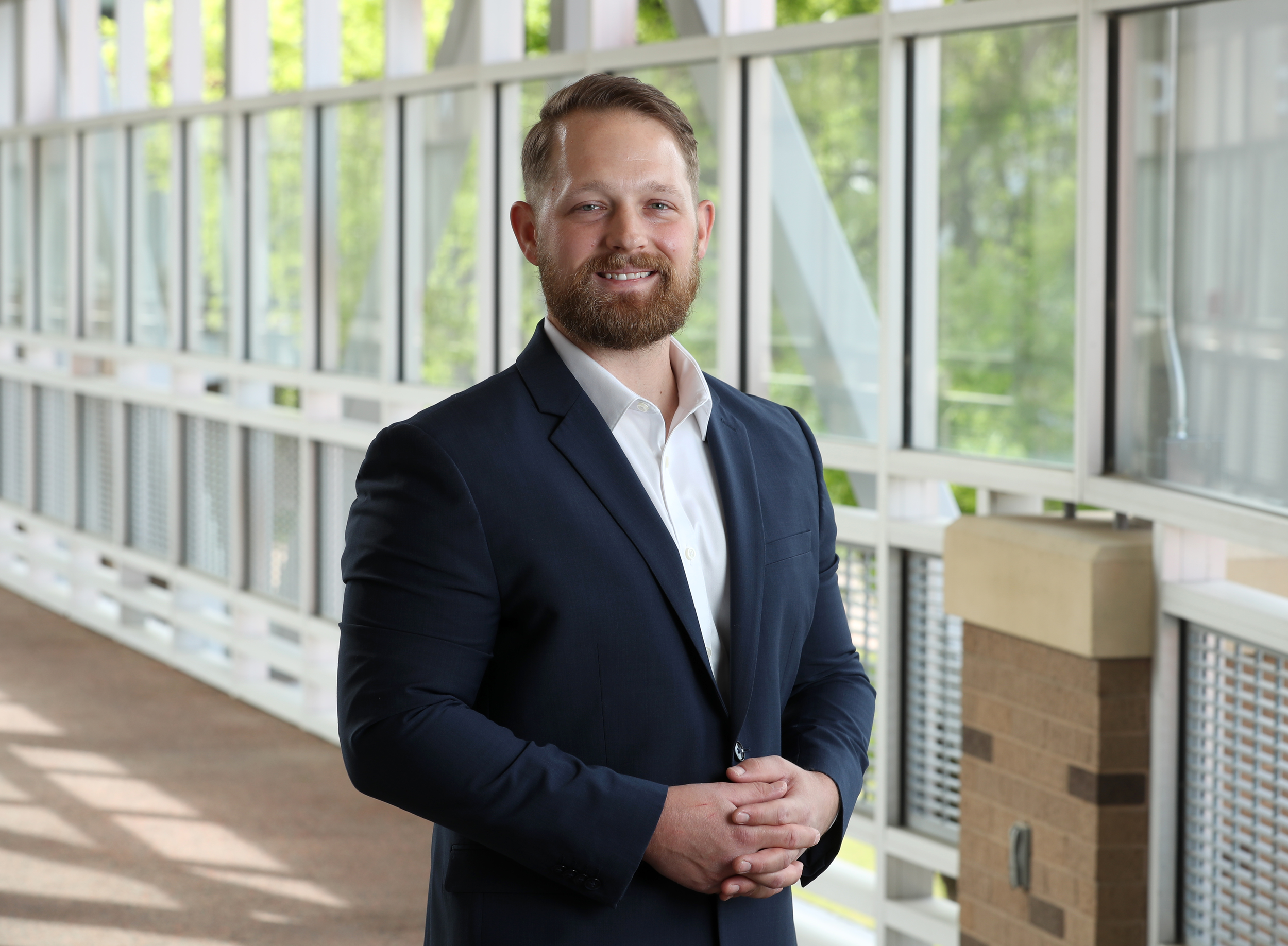opioids
-
This week, the Oklahoma Opioid Abatement Board awarded $2.5 million in grants to different entities across the state. According to a news release from the office of Oklahoma Attorney General Gentner Drummond, the grants will support treatment and recovery programs, opioid abuse education and strategies to reduce the supply of narcotics statewide. Eighteen entities in…

-
The recent Opioids in Pain and Addiction Symposium, held at the University of Arizona, gathered top minds in neuroscience, addiction treatment and pain management.

-
International Overdose Awareness Day (IOAD) serves as an important reminder of the lives lost to drug overdoses. This global event aims to raise awareness about overdose, reduce the stigma surrounding drug-related deaths and acknowledge the grief felt by families and friends.

-
While fentanyl has a legitimate medical use, its illicit form has become a primary driver of the drug overdose crisis in the United States. “Illicit fentanyl has become widely available for recreational use and is often disguised in counterfeit prescription tablets such as Adderall or mixed with other substances like cocaine, and it has become…

-
Craig Werner, Ph.D., associate director of neuroscience at the National Center for Wellness and Recovery (NCWR), is on a mission to learn more about the brain and substance use disorders.

-
The drastic increase in opioid overdose deaths is largely due to Fentanyl poisoning. Illegal Fentanyl is cheaper than most other drugs on the streets and is being intentionally substituted into cocaine, heroin, methamphetamines and other drugs to make more money and get people hooked.

-
Experts agree that brains do not fully develop until about age 25. For most people, this is the age when decision-making skills and impulse control begin to stabilize, and adults begin to understand the consequences of actions and make better choices.
